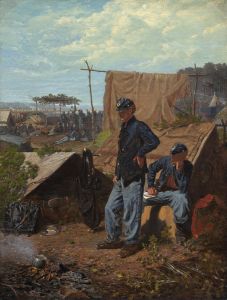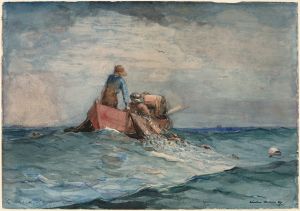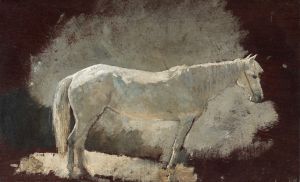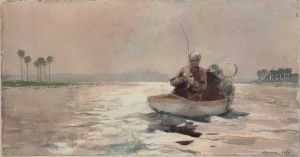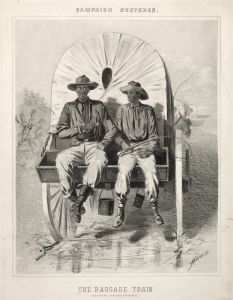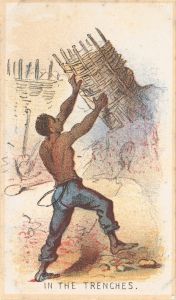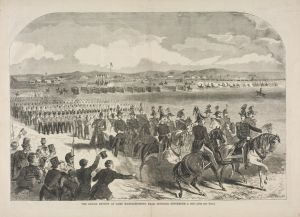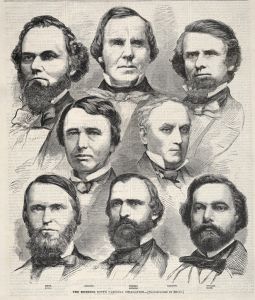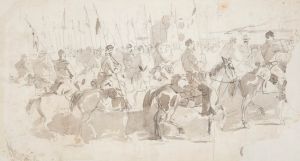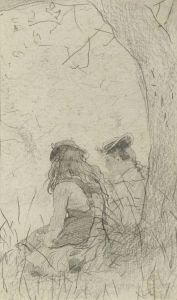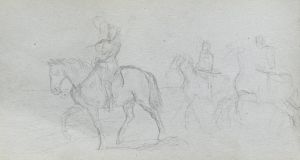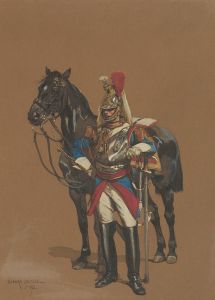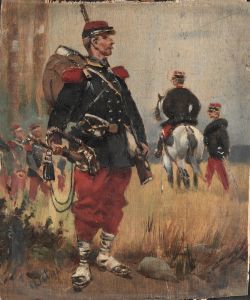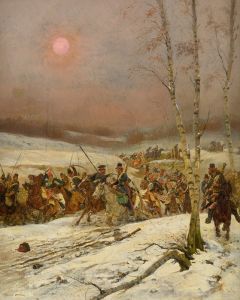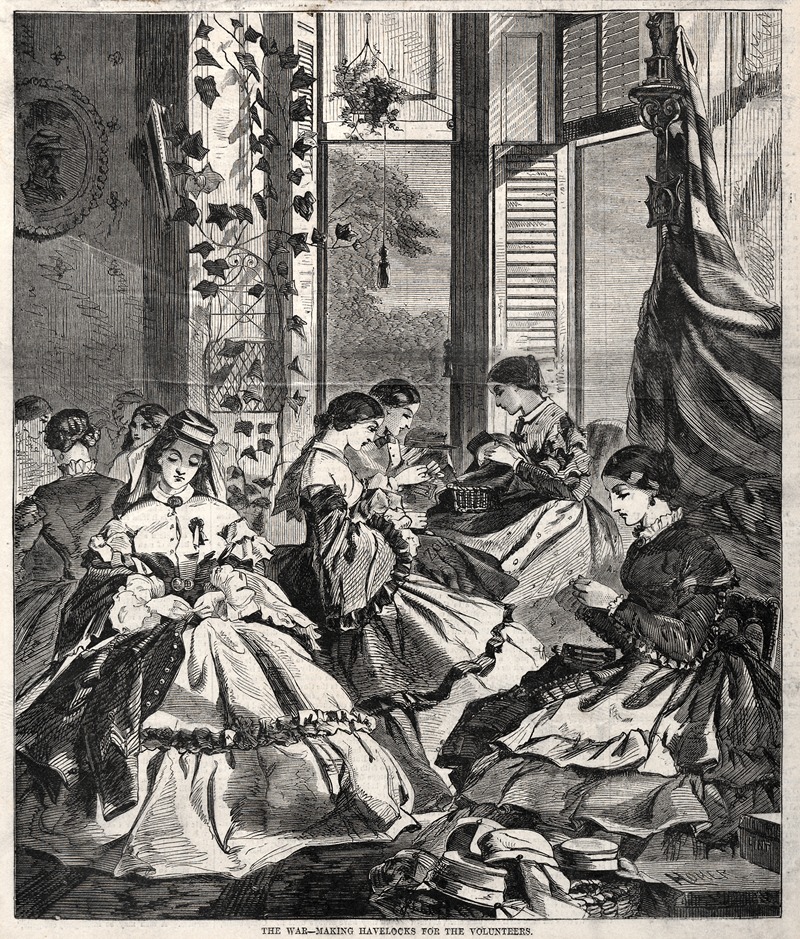
The War – Making Havelocks for the Volunteers
A hand-painted replica of Winslow Homer’s masterpiece The War – Making Havelocks for the Volunteers, meticulously crafted by professional artists to capture the true essence of the original. Each piece is created with museum-quality canvas and rare mineral pigments, carefully painted by experienced artists with delicate brushstrokes and rich, layered colors to perfectly recreate the texture of the original artwork. Unlike machine-printed reproductions, this hand-painted version brings the painting to life, infused with the artist’s emotions and skill in every stroke. Whether for personal collection or home decoration, it instantly elevates the artistic atmosphere of any space.
Winslow Homer, an influential American artist, is renowned for his contributions to the field of art, particularly during the 19th century. One of his notable works is "The War – Making Havelocks for the Volunteers," a painting that captures a unique aspect of the American Civil War. Created in 1861, this piece is a testament to Homer's ability to depict the social and cultural dimensions of his time.
"The War – Making Havelocks for the Volunteers" is a wood engraving that was published in Harper's Weekly, a popular illustrated newspaper of the era. This publication was known for its detailed coverage of the Civil War, providing readers with visual and written accounts of the events and activities surrounding the conflict. Homer's engraving was part of this effort to document the war and its impact on American society.
The artwork illustrates a group of women engaged in the production of havelocks, which were cloth coverings worn over soldiers' caps to protect them from the sun. This scene highlights the role of women on the home front during the Civil War, emphasizing their contributions to the war effort. By focusing on this aspect, Homer sheds light on the often-overlooked participation of women in supporting the soldiers and the broader war cause.
Homer's depiction is characterized by its attention to detail and the realistic portrayal of the figures involved in the activity. The women are shown diligently sewing, surrounded by the materials and tools necessary for their task. This level of detail not only provides insight into the process of making havelocks but also reflects the domestic environment in which these activities took place.
The choice of subject matter in "The War – Making Havelocks for the Volunteers" is significant as it underscores the interconnectedness of the home front and the battlefield. While the soldiers fought on the front lines, those at home, including women, played a crucial role in ensuring that the troops were well-equipped and supported. This engraving serves as a reminder of the collective effort required during times of war and the diverse contributions made by different segments of society.
Winslow Homer, through his work, often explored themes related to the human experience and the social issues of his time. His ability to capture the essence of these themes in his art has cemented his place as a pivotal figure in American art history. "The War – Making Havelocks for the Volunteers" is a prime example of his skill in using art to document and comment on the societal dynamics of the 19th century.
In summary, "The War – Making Havelocks for the Volunteers" by Winslow Homer is a significant work that provides insight into the role of women during the American Civil War. Through his detailed and realistic portrayal, Homer highlights the contributions of those on the home front, offering a broader understanding of the war's impact on American society. This engraving remains an important piece in the study of both Homer's oeuvre and the visual documentation of the Civil War era.





